Ever watch Ice Road Truckers? One of my favourite shows de jour. A few weeks ago I spent half a day in New Zealand’s own extreme truck-driving environment, the open-cast coal mine at Stockton. It’s New Zealand’s biggest mine, perched on a dizzying plateau north of Westport, right above a town with the apt name of Granity.
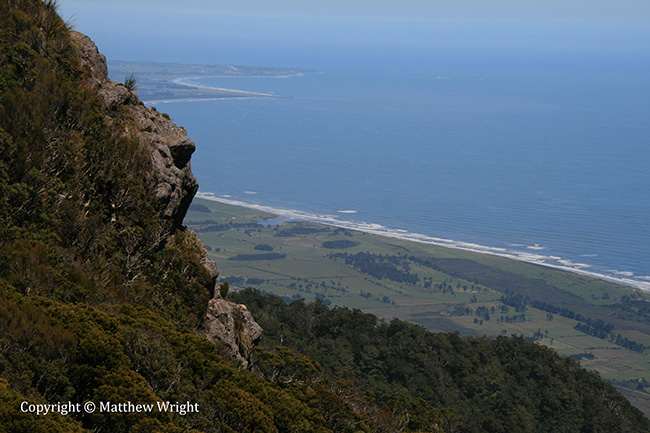
The view from the plateau is stunning. As is the work in the mine – which is where the extreme trucking comes in. It’s to do with the scale. Everything looks normal, until you stand next to it.
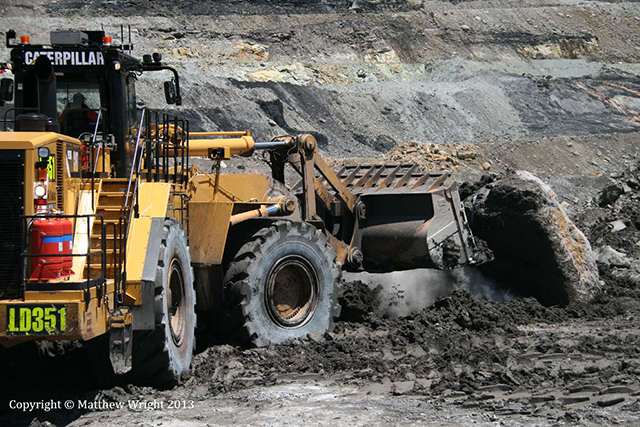
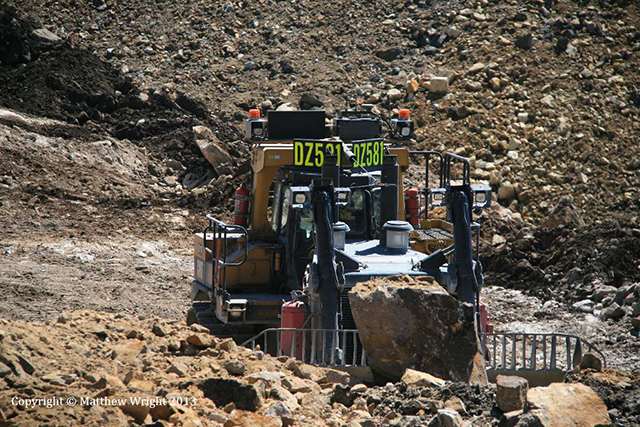
Here’s a picture of me in front of one of the trucks. I am 182 cm tall without the hat. I think I’ve lived in houses smaller than that truck. These can carry 70 tonnes of spoil downhill in one hit. And there are bigger ones on the mine that lug 100 tonnes uphill (not down – it’s a brake temperature problem). The big rigs operated by the trucking company I once worked for, an aeon or so ago, topped out at less than half the loaded weight of these suckers.
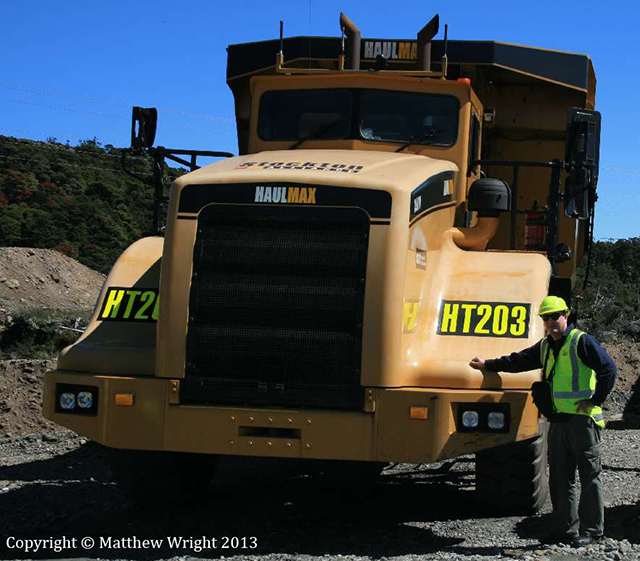
Kind of cool – certainly for blokes. Did I mention they start by using explosives to break up the rock? Then cut loose with that ultra-heavy moving machinery? My wife watched the earth-moving action and made some comment about boys in sandpits, but hey… A little later, we learned that women drive the trucks too, and have a better maintenance record than the men.
Down sides? Well, the coal’s exported, mostly to India, where it’s used for steel-making, but also burned. And as you can imagine, open cast mining leaves its mark on the landscape – piles of spoil, great ledged pits where coal has been scooped out, all surrounded with the detritus of heavy industry. Actually, you don’t have to imagine. I took a photograph.
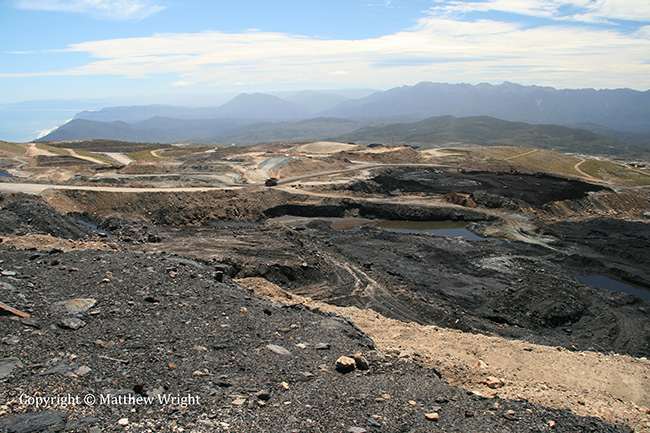
Plus side? That landscape is temporary. New Zealand has strict resource laws, and this place operates under conditions. One is that there must be no visible sign of the mine from below. Another is that they put back the original top-cover, plant cover and animals – returning the plateau to a natural state as good as, or better than, it was before.

That’s been ongoing. Before excavation begins, the original top layer with its plant and insect life is re-positioned nearby for preservation and re-installation later. It’s important. The plateau is home to specialised life – unique plants adapted to the bleak environment, even rare native snails. Some snails, I am told, are collected and preserved for the future in refrigerators. Not only does the chill not hurt them, they’ve apparently even been breeding there. Slowly – uh, obviously.
I think it’s pretty inspiring.
Copyright © Matthew Wright 2013
Very Cool!
LikeLike